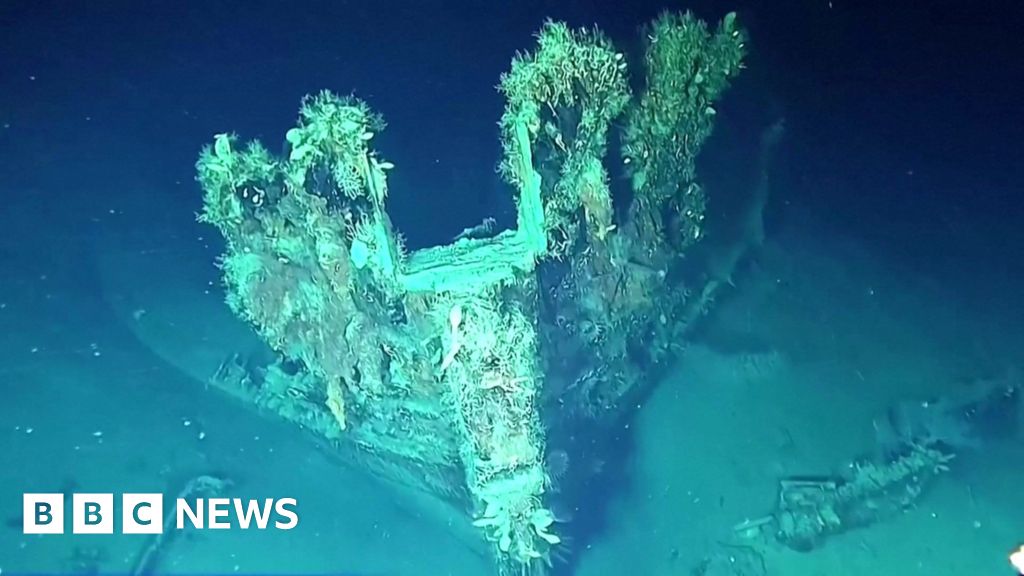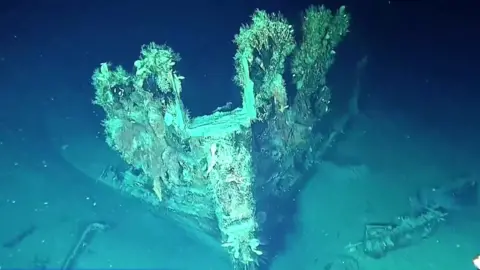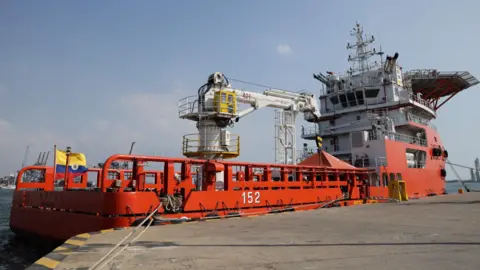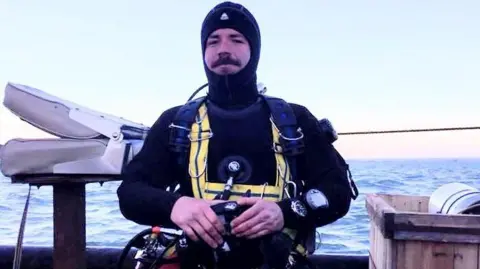Joe Biden ordered 1,000 soldiers to go to devastated regions across the Southeastern United States as Washington scrambled to deal with the deadly aftermath of Hurricane Helene.
The White House said on Wednesday it would deploy the troops to assist with ongoing delivery of food, water and other aid to stricken communities.
The storm, which developed in the north-west Caribbean Sea and the Gulf of Mexico, where scientists have recorded unusually warm sea temperatures, made landfall in Florida before sweeping through Georgia, South Carolina and North Carolina over the weekend, killing more than 100 people and causing torrential rain and mudslides across inland mountainous regions.
Biden was expected to fly over western North Carolina, much of which remains difficult to reach by road, before travelling to Georgia and Florida on Thursday, according to the White House schedule. Vice-president and Democratic presidential nominee Kamala Harris also headed to Georgia.

The troops will join 6,000 National Guard members and more than 4,800 federal workers spread across the multiple states affected by the hurricane, including 1,200 emergency workers in North Carolina.
Secretary of Homeland Security, Alejandro Mayorkas, said earlier in the week that hundreds of homes and businesses had been destroyed and many areas were still in a search-and-rescue phase.

“We are there and we will continue to be there and we will reach the most difficult to access locations,” said Mayorkas.
The Department of Defense said on Wednesday that it had activated 22 helicopters and dozens of high-water vehicles to aid in the rescue efforts, while the Army Corps of Engineers was supporting with debris removal, wastewater management and bridge inspections.

More than 1.3mn people across the south-eastern US states of Georgia, South Carolina and North Carolina were still without power as of Wednesday afternoon, according to the tracking site PowerOutage.us. The White House said this compared with a peak of 4.6mn people without power last Friday at the height of the storm.
The Federal Emergency Management Agency (Fema) said that it had provided 50 Starlink satellite systems to bolster communications services after the internet and mobile network failed across the affected south-east regions.

Grassroots groups in western North Carolina were organising via social media to disperse food, water and petrol to rural communities which were isolated after mudslides and raging rivers destroyed roads across the region.
Helene is the eighth Atlantic hurricane of category four or five strength to make landfall in the US in the past eight years. The economic losses were estimated at up to $34bn by Moody’s this week, resulting from property damage and business disruption.
Scientists have found that warming sea temperatures are linked to more intense hurricanes. A preliminary study from the Lawrence Berkeley Lab in California found that climate change may have boosted the amount of rainfall over parts of Georgia and North Carolina by as much as 50 per cent.
Climate Capital

Where climate change meets business, markets and politics. Explore the FT’s coverage here.
Are you curious about the FT’s environmental sustainability commitments? Find out more about our science-based targets here






































































































































You must be logged in to post a comment Login